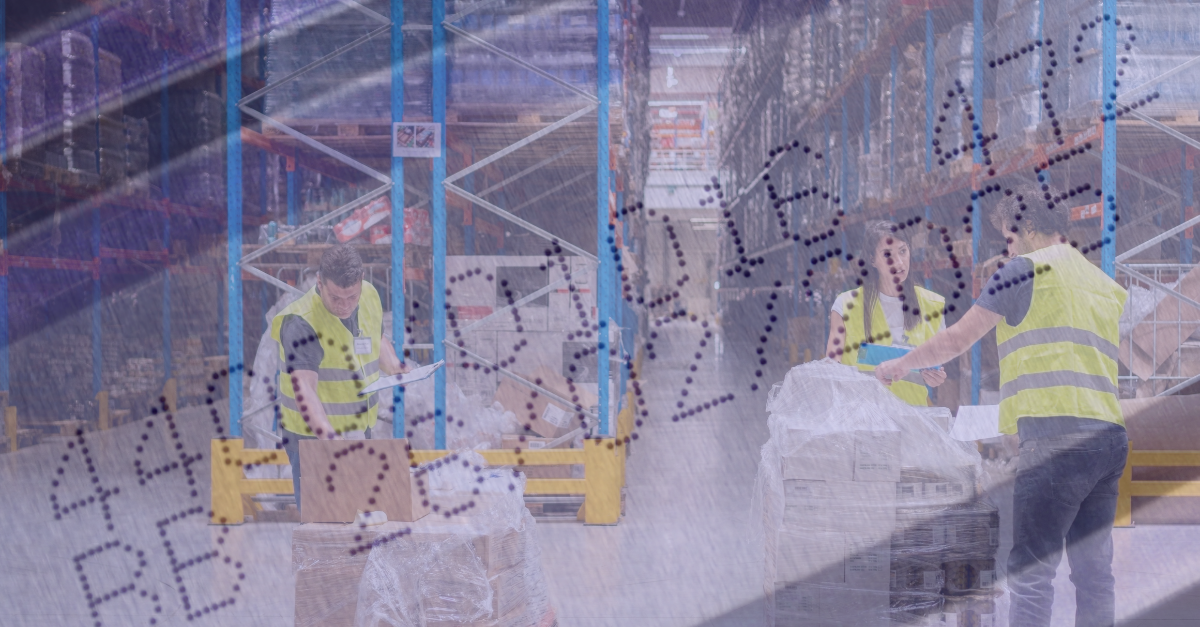Launching a logistics RFP is not just about comparing quotes: it is a strategic decision that involves the performance of the entire chain.
The logistics RFP is a key moment in the life of a company. It is he who determines the quality of the future partnership, the control of costs and the operational performance on a daily basis. However, in practice, many companies use the wrong method. They launch their call for tenders as an administrative exercise, focused on price, without always measuring the concrete implications of their choices.
Chez Stockoss, we regularly support companies in their tenders. And as Stanislas Ioli points out in his last video, the same mistakes keep coming back. Here are the ones that should absolutely be avoided in order to build a solid and lasting logistical partnership.
1. Do Not Involve Field Teams
This is the most frequent and the most structuring error.
Logistics is above all an operational reality: teams that receive, prepare, pack and ship every day. Forgetting to involve them in the drafting of the specifications is equivalent to building a project on a theoretical vision.
Field employees have irreplaceable knowledge of processes, real volumes, seasonal peaks, transport or packaging constraints. They are the ones who can alert you to the particularities of a flow, the acceptable margins of error or the adjustments necessary for the proper execution of operations.
Without this contribution, the specifications risk being too general, out of touch with daily life, and generating differences from the first weeks of operation.
Good practice : organize field workshops or diagnostic sessions before writing, to integrate real data and operational points of vigilance from the start.
2. Focus only on price
This is the second big mistake: considering logistical costs as the only selection criterion.
Comparing quotes on a price per square meter, per package or per pallet gives an illusion of budget control... but hides the real value of the service.
Many service providers have understood this well: to be competitive on call rates, they reduce their base rates, but then compensate with significant margins on additional services (reconditioning, specific handling, reporting, etc.). The result: a final budget that is often much higher than that originally planned.
Good practice: Evaluate the full cost (TCO), integrating not only storage and transport, but also technology, data management, flexibility, service quality and performance management.
3. Underestimate the complexity of your business
A Call for Tenders is never generic.
Each company has its own specificities: product typology, diversity of flows (B2B, B2C, events), batch or DLUO constraints, returns management, or even irregular volumes.
Omitting these details in the specifications leads the service provider to size a device that is too rigid or unsuitable.
This is often the reason for implementation delays, additional labor costs, or tensions in the first months of collaboration.
Good practice: Describe flows accurately: seasonality, type of orders, regulatory constraints, traceability management, etc. Detailed specifications are better than a document that is too vague.
4. Neglecting Value-Added Services
In a call for tenders, some services seem to be ancillary: kitting, assembly, assembly, customization, quality control, sample preparation, return management, return management, reporting, reporting, customer interface...
However, these services often make all the difference between a basic provider and a real logistics partner.
When they are not mentioned, these services are invoiced extra or poorly performed. Conversely, anticipating them makes it possible to obtain a fairer offer and a transparent contractual framework.
Good practice: Anticipate Current Needs And Future. Even if some services are not activated immediately, integrating them into the specifications makes it possible to secure the partnership in the long term.
5. Forget the Technological Dimension
Modern logistics is no longer limited to a warehouse and a carrier.
It is an ecosystem driven by data, where real-time visibility and the fluidity of exchanges are essential.
However, too many tenders continue to ignore this dimension.
The selection criteria focus on the available area, the number of platforms or transport times, without evaluating the digital maturity of the service provider.
A good partner must be able to integrate a powerful WMS, automate inventory management, generate reliable reports and easily interface with company tools.
Chez Stockoss, for example, each customer has access to a unique interface to visualize their stocks, track their orders and manage their multi-recipient flows in real time.
Good practice: include technological criteria in the scoring: API connectivity, reporting, reporting, reporting, traceability, user access, quality of digital support.
6. Neglecting the Post-Tender Phase
Finally, once the contract is signed, many companies consider that the mission is over.
It is a mistake.
The real work starts after the selection: transition phase, WMS configuration, team training, process adjustment, establishment of steering committees.
Without this monitoring, there is a high risk of seeing initial promises quickly erode: indicators not followed up, performance differences, operational misunderstandings.
Good practice: Schedule A Structured onboarding and define regular performance reviews as soon as the contract is signed. A good service provider will be able to support this phase methodically and transparently.
Conclusion: choosing a partner, not a price
A successful logistics tender is based on a simple idea: looking for a partner, not a supplier.
Success does not depend solely on the price offered, but on the provider's ability to understand your challenges, to anticipate your needs and to create value over time.
It is by avoiding these mistakes: lack of involvement in the field, focus on price, underestimation of complexity, neglect of value-added services, lack of technological dimension and lack of follow-up; that companies build efficient and sustainable logistics partnerships.

Icône mondiale de l’automobile, Porsche France a choisi Stockoss pour transformer la gestion de ses stocks marketing (goodies, PLV, mobilier, etc.). En remplaçant un prestataire historique par une solution digitale et centralisée, la marque a gagné 25 jours par an, tout en fluidifiant les opérations de 39 concessions et de nombreuses équipes internes.



